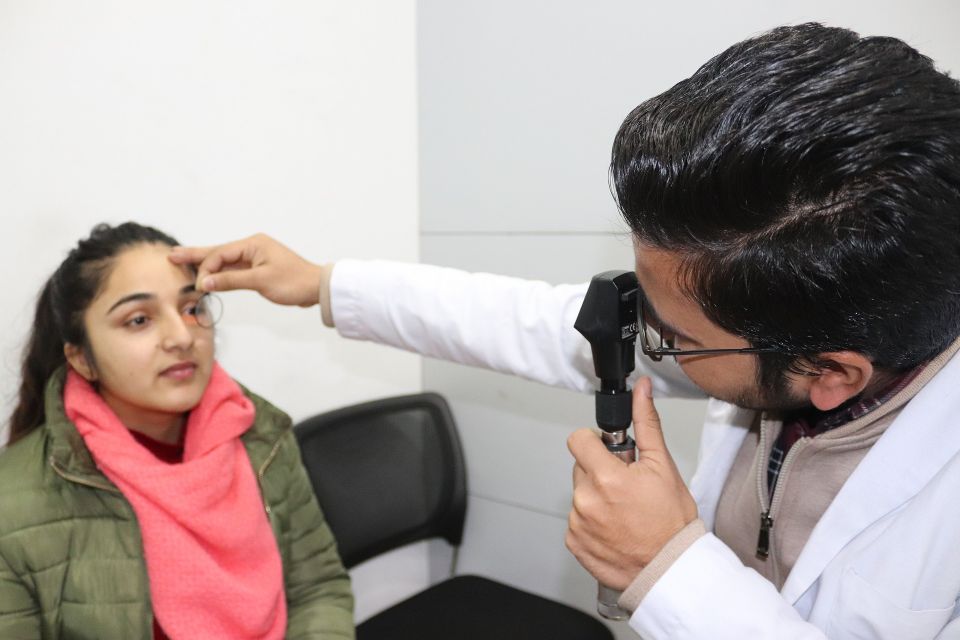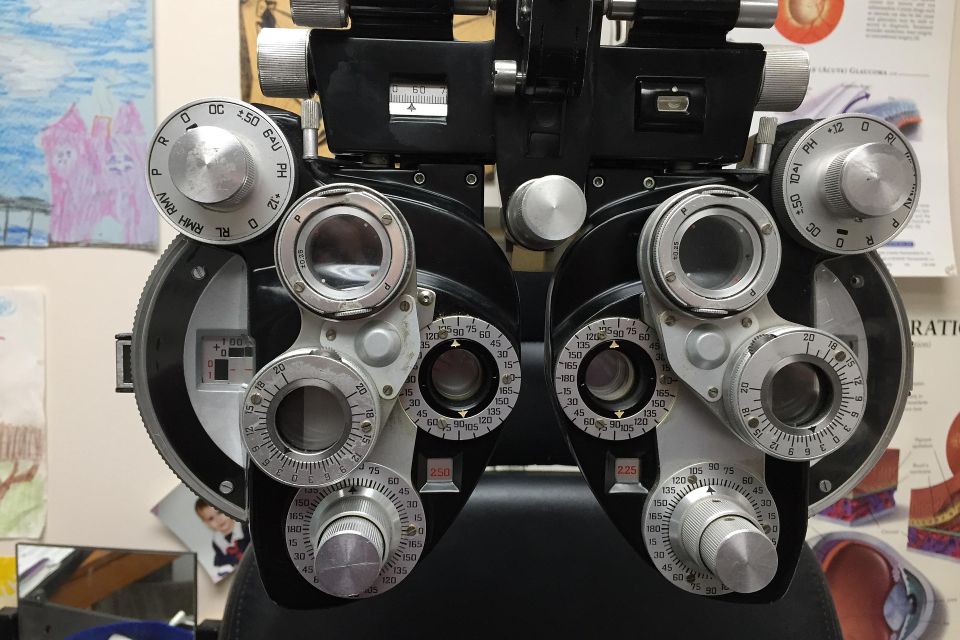If your child often squints to see the board at school or sits too close to the television, they may be showing early signs of myopia, or nearsightedness. This common vision condition is affecting more children than ever before—and it’s becoming one of the most talked-about eye health topics among parents.
At Wink Family Eyecare in Cypress, TX, we specialize in identifying and managing myopia in children, helping families protect their child’s vision and reduce the risk of long-term eye problems.
Let’s explore what myopia is, why it’s on the rise, and how early intervention can make a lasting difference.
What Is Myopia?
At Wink Family Eyecare in Cypress, TX, we specialize in identifying and managing myopia in children, helping families protect their child’s vision and reduce the risk of long-term eye problems.
Let’s explore what myopia is, why it’s on the rise, and how early intervention can make a lasting difference.
What Is Myopia?


